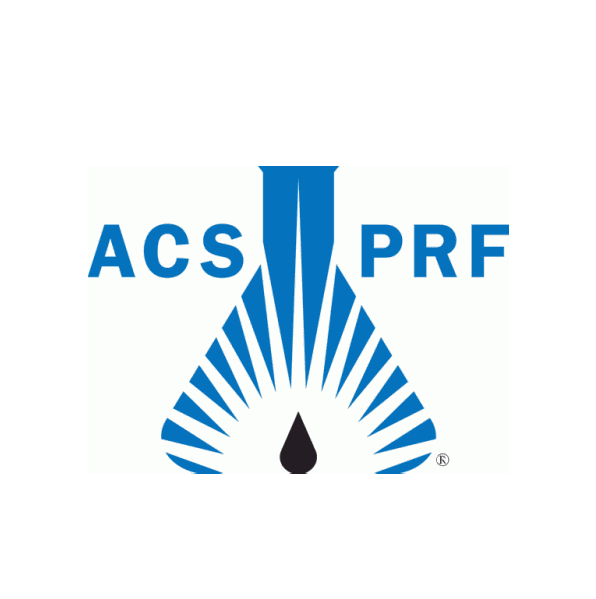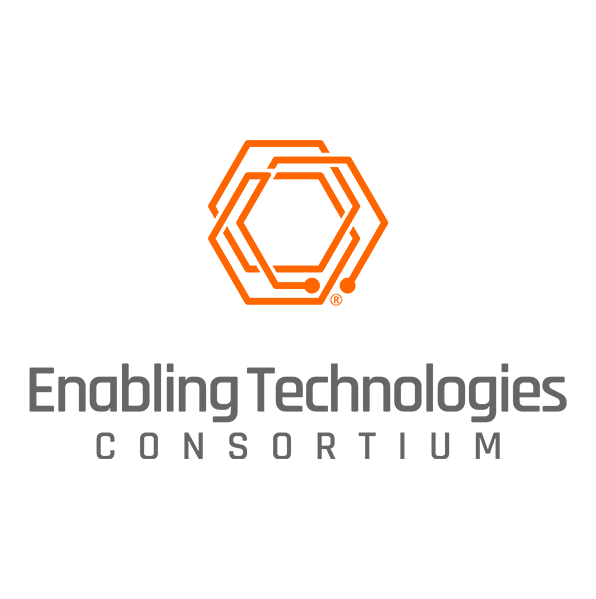Research
Overview
The transition to a sustainable energy economy and chemical industry hinges on our ability to efficiently use electrons to do chemical work. We believe that progress in the field of electrocatalytic conversion is hampered by an insufficient understanding of the relevant surface processes and their interaction with the electrochemical interface.
Our group develops model systems and the framework of electrochemical kinetics to understand the factors that dictate the outcome of electrocatalytic transformations. This allow us to use electricity to drive industrially relevant chemical processes (e.g. the chemistry of hydrocarbons), and to push electrocatalytic understanding beyond the activation of small molecules.
Understanding the electrochemical interface
The electrochemical interface is the key zone where electrocatalytic transformations take place. The interface consists both of a catalyst material that mediates binding affinities for intermediates and the electrochemical double-layer, which generates the electrical field gradient that allows us to modify the chemical equilibria that govern catalytic processes. The interaction of both gives rise to electrocatalysis. Our group uses and expands this framework of understanding by asking why certain transformations take place and others don’t and how we can tune the properties of the interface to trick nature into doing the reactions we care about.
Electrocatalysis of industrial transformations
Presently, the large majority of chemical transformations are driven by heat energy derived from fossil resources. Driven by the vision of a future chemical industry that seamlessly integrates into the electrical energy system, we use a bottom-up approach to design catalytic processes which allow us to drive industrially relevant catalytic processes directly using electrical energy.
Molecular control of electrocatalytic CO2 and CO reduction pathways
Electrocatalyst surfaces remain poorly defined, with active sites that are unknown and limited strategies for controlling them. We employ well-defined surface motifs to gain control of electrocatalyst site activity on the molecular level. Thereby, we learn how to direct and control the catalyst surface to enhance rate of electrocatalytic transformations of crucial interest to society – specifically the electrochemical transformation of CO2 to fuels.
Funding
We thank the following entities for funding:









